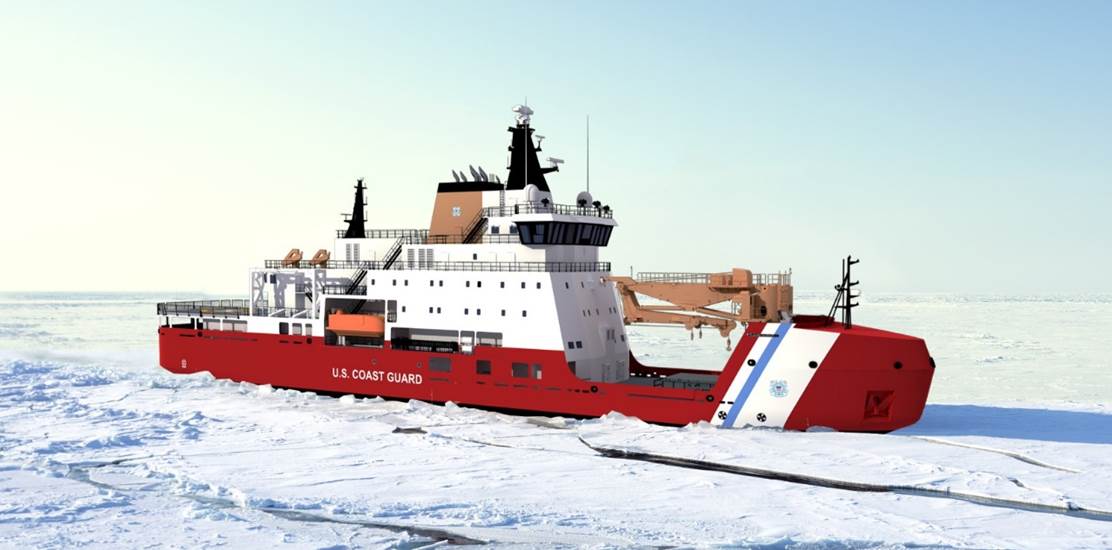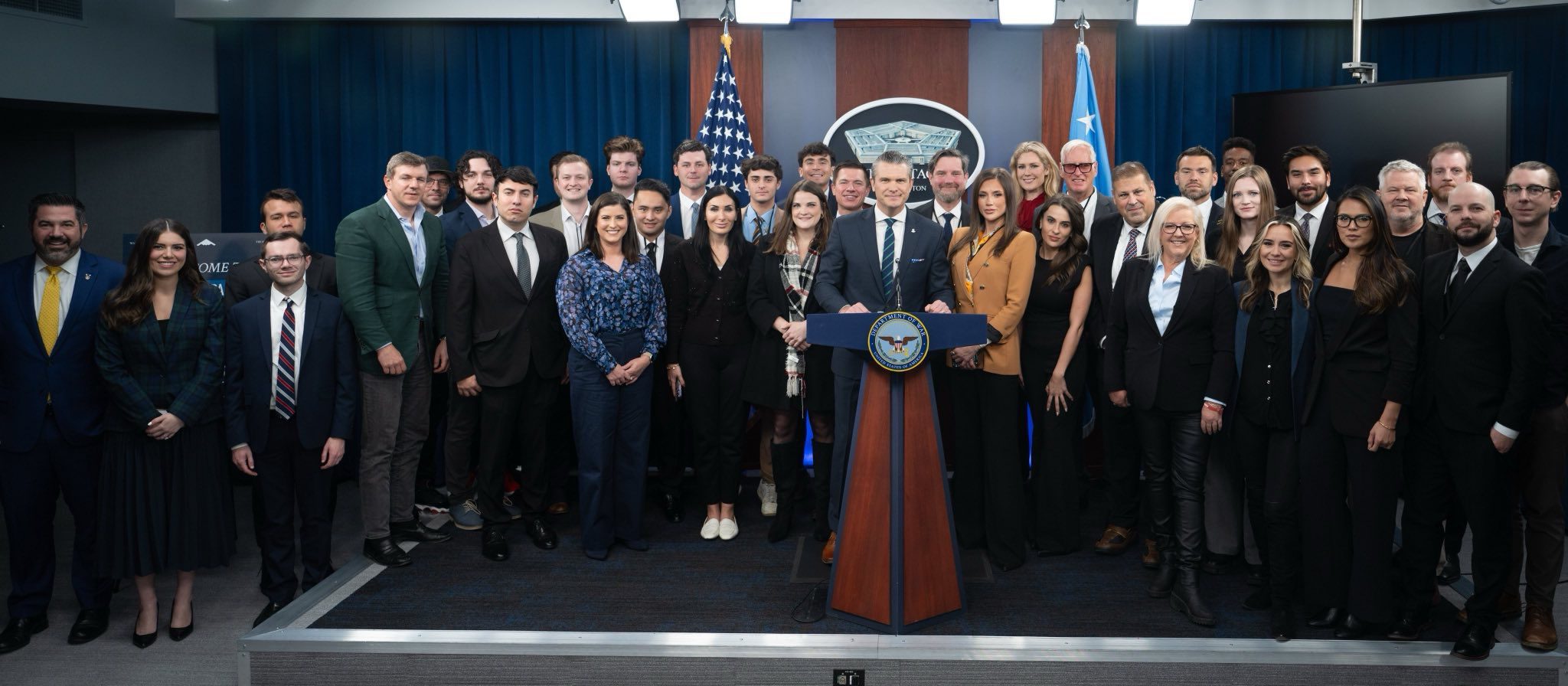A Bollinger Shipyards-led international consortium has been selected for the design and construction of six Arctic Security Cutters (ASC) for the U.S. Coast Guard, marking a significant milestone in America’s efforts to rebuild its Arctic capabilities.
The team, consisting of Louisiana-based Bollinger Shipyards, Finland’s Rauma Marine Constructions, Canada’s Seaspan Shipyards, and Finland’s Aker Arctic Technology, will leverage the production-ready Multi-Purpose Icebreaker design developed by Seaspan and Aker Arctic for operations in extreme polar environments.
“Today’s award is a testament to President Trump’s leadership and his historic investment in America’s maritime industrial base,” said Ben Bordelon, President and CEO of Bollinger Shipyards. “The Arctic Security Cutter will enable the United States to rapidly project American power, enforce our sovereignty, and reassert American dominance in the Arctic.”
The announcement comes as President Trump signed a Presidential Memorandum authorizing the construction of up to four Arctic Security Cutters (ASCs) in Finland, followed by the transfer of expertise to build up to seven additional vessels in the United States.
In addition to the Bollinger-led team, Canada’s Davie Shipyards will also contribute to the ASC program by building a separate class of vessels on their fourth-generation Multi-Purpose Polar Support Ship (MPPS) design, according to Bollinger.
According to Bollinger’s construction plan, the first three vessels will be built simultaneously in both Finland and the United States, with production of the remaining three vessels to take place exclusively in American shipyards. The consortium aims to deliver the first three vessels within 36 months of contract award.
The ASC is designed to break through four feet of ice, travel 12,000 nautical miles, and operate for over 60 days. The vessel shares a common design platform with Canada’s future icebreaker fleet, which will enhance interoperability between the allied nations.
The agreement falls under the ICE Pact, a trilateral framework between the United States, Canada, and Finland signed in July 2024, which was established to accelerate icebreaker production in response to increasing Russian and Chinese activities in Arctic regions.
Currently, the U.S. Coast Guard’s polar fleet includes only three operational icebreakers: the heavy icebreaker Polar Star (commissioned in 1976), the medium icebreaker Healy, and the Storis, a recently commissioned former commercial vessel.
Coast Guard assessments indicate that at least nine ASCs are needed to serve U.S. national security interests year-round in the Arctic, addressing the capability gap as Russia and China continue to expand their presence in the region.
The deal coincides with substantial funding for the Coast Guard under President Trump’s recent appropriations bill, which includes nearly $9 billion allocated specifically for building a series of heavy, medium, and light Arctic Security Cutters.
The Coast Guard has been actively working to expand its Arctic capabilities, having published a Request for Information (RFI) in April 2025 seeking input for the construction of a medium-size icebreaker in just three years – an ambitious timeline that aligns with the new agreement.
The Arctic Security Cutter specifications in the RFI describe a vessel up to 360 feet long, 78 feet wide, with a draft of no more than 23 feet. Its proposed capabilities include a range of 6,500 nautical miles and the ability to break through 3 feet of ice at 3 knots.
The contract comes as Bollinger continues to construct the first Polar Security Cutter for the U.S. Coast Guard. Bollinger acquired the troubled three-vessel program from Singapore-based ST Engineering in 2022 through its acquisition of VT Halter Marine. The program has faced substantial challenges, including schedule delays, cost overruns, and an incomplete concept design.
President Trump’s signature “One Big Beautiful Bill Act” provides $4.3 billion for the advanced procurement and construction of PSCs two and three, fully funding the program through completion. Completion of the first PSC is now anticipated by May 2030.

 Join The Club
Join The Club











